

On December 31, 2024, as the world was waiting to count down the new year, one of Toronto’s legendary figures received his final count out. A fixture on the Toronto landscape for over sixty years. Sweet Daddy Siki passed away at age 91. Known to friends as “Reg,” Siki was a true renaissance man and a trendsetter who defied every convention throughout his life. Whether walking down the downtown streets, or driving through the city in his purple hearse, it was difficult to not notice the imposing Siki, standing tall at 5’ 10” and carrying 220 pounds of muscle on his massive frame, with his hair and trademark mutton chops died shocking blonde-white, which contrasted with his dark skin. Wearing Jackie Kennedy inspired glasses and fur lined coats, he was called “Mr. Irresistible,” “The Black Gorgeous George” and “the women’s pet, and the men’s regret.” But now the final fight has been fought, and the last song has been sung and Siki leaves behind a unique and memorable mark on the city of Toronto and the territories beyond.
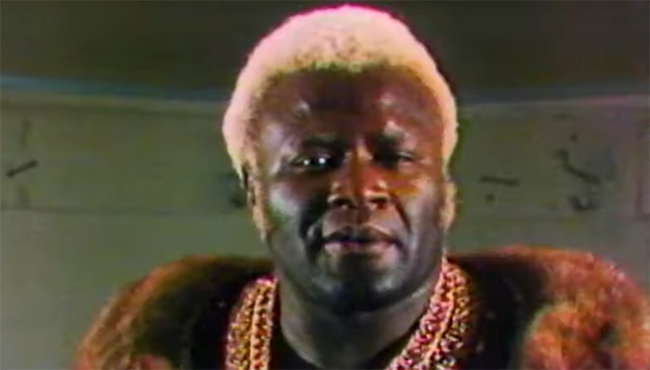
Best known as a grappler in the ring, Sweet Daddy Siki was one of Canada’s most legendary wrestlers and was a fixture at Toronto’s Maple Leaf Gardens, Hamilton’s Copps Coliseum and Montreal’s Forum. But, during and era when rock was young, and years before “the rock n’ wrestling connection” was ever a thing, Siki moonlighted as a country music recording artist. Although his musical career never seemed to go beyond playing local dive bars and juke joints around the Greater Toronto Area, his 1972 debut album “Sweet Daddy Siki Squares Off with Country Music” found it’s way into hundreds of Canadian’s record collections, and continues to be found at flea markets and record shops coast to coast. With its unusual album cover, featuring Siki in both his outlandish wrestling gear and an outfit that looks as if it was borrowed from “Hee Haw’s” costume department, the album was hard to miss in Sam the Record Man outlets across the country. But despite the quirky presentation, the content on the album was far better than curious record buyers might first imagine. Sweet Daddy Siki loved to sing, and he was pretty good at it too.
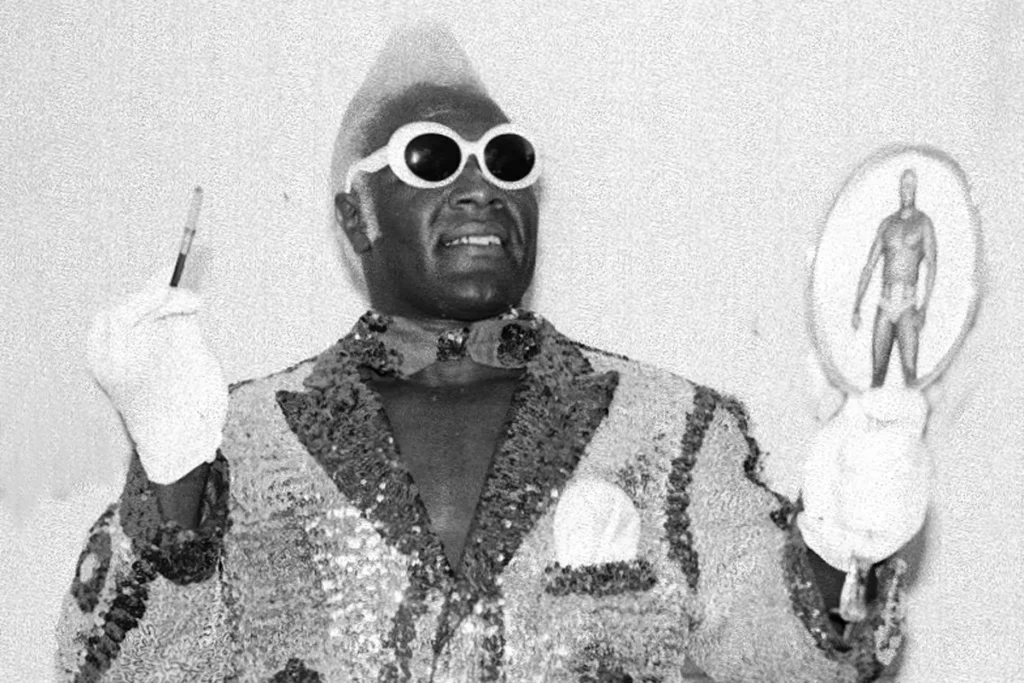
There is tons of information about Sweet Daddy Siki on-line, but for the most part its information about his wrestling career. When it comes to his music career you need to dig a little deeper. Siki was, first and foremost, a wrestler while music was a passion and a pastime, and eventually a hobby that would help sustain him during his retirement. But while he worked simultaneously in both wrestling and music, unlike future wrestlers who recorded music Siki didn’t really bring the music into his gimmick. At a time when kayfabe was an unbreakable code, Siki defied that rule when it came to music. When he picked up a guitar, he dropped the act, although he never dropped the name. Whether he was singing or not, he was still “Irresistible.”
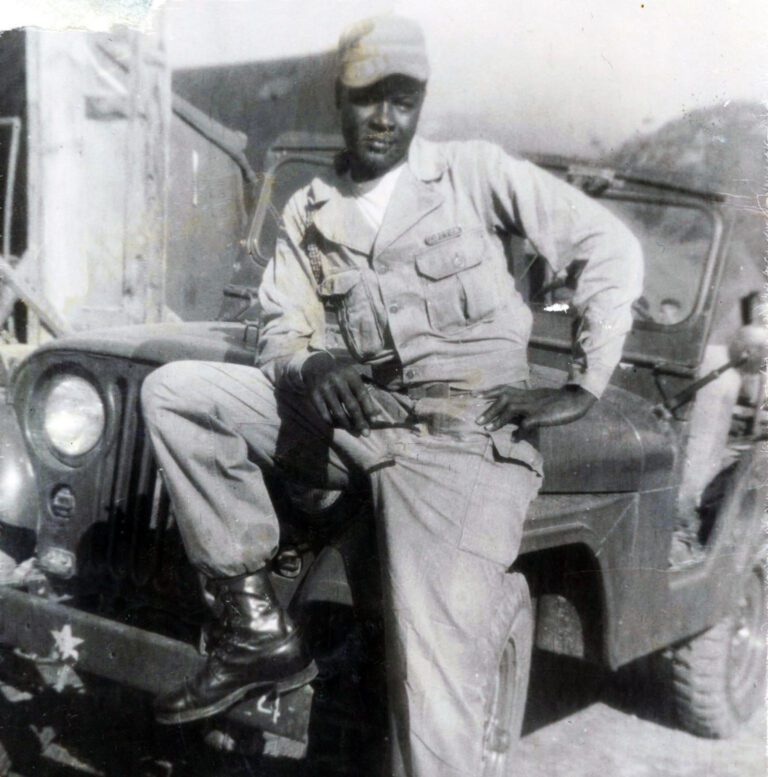
Although considered a Canadian icon and Toronto mainstay, Siki was born Elkin James in Montgomery, Texas in 1933. The son of poor crop farmers, his parents died when he was still young, and he relocated to Los Angles to live with an Aunt and Uncle. Siki often spoke about how he first discovered a love for country music when listening to the radio at the farm, and how during the lonely trip from Texas to California country music radio calmed his anxiety about the unknown future.
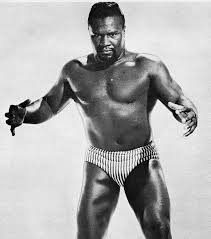
In California Siki grew up tough and flirted with both wrestling and boxing, but in the 1950’s he joined the army and served two years in the Korean conflict. The service made him strong, and it made him brave, which would pay off in the years to come. Upon returning to LA after his discharge, Siki decided to go all in on the wrestling life and trained with pro-wrestler Ray Ortega at Sandor Szabo’s wrestling school. Starting his professional career in 1955, wrestling was still a primarily white industry, and few black wrestlers ever became main eventers, and were always “baby faces” used as fodder for the villainous “heels.” But Siki proved popular in the ring with both members of the wrestling community as well as the fans. Known for both his ability and stamina, Siki was a dynamic and exciting figure to watch, and while he was rarely the star of the match in those early days, he began to get a fan following.
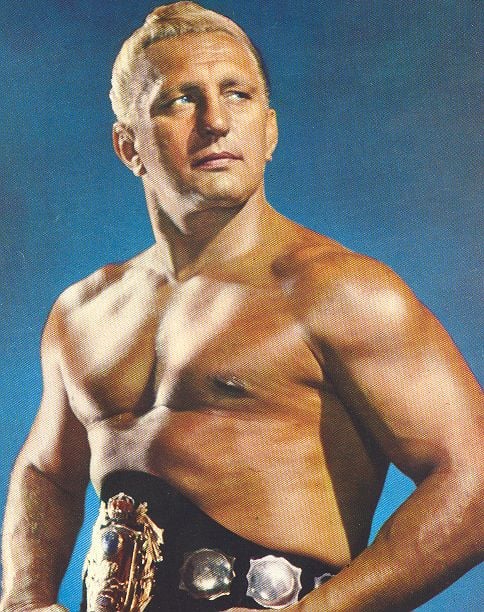
Eventually Siki caught the attention of one of the era’s biggest icons, “Nature Boy” Buddy Rogers. Rogers took Siki under his wing, and the two began to train and travel together. But one frightful night Siki and Rogers were set to wrestle each other for the World Championship Title in a match that would challenge just how brave both men really were. Taking place in the highly segregated city of Greensboro, North Carolina, never before had a black wrestler squared off against a white champ for the title. As the wrestlers prepared in the locker room, word got out that the Ku Klux Klan had surrounded the arena, and when Siki and Rogers peeked out at the sold out crowd, they saw Klansmen in their trademark white hoods seated in every char at ringside. While many men would have been too intimidated to go to the ring, Siki didn’t back down. As the announcer called his name, Siki came strutting down the aisle to the boos and jeers of the primarily white crowd, to face a visibly shook up Rogers. But, once in the ring, the referee wisely put an end to the match before it even began. To Siki’s protests, the referee took the safety of the wrestlers into consideration and prematurely counted Siki out. Siki didn’t win the championship that night, but he didn’t back down to the Klan either. Siki eventually would beat Rogers for the title a few years later in 1959.
But that wasn’t the only threat of racial violence that Siki faced during the early days of his career. In order to battle with Rogers, Siki shocked audiences when he “turned heel,” becoming one of the first black villains in the ring. Taking on a character that was arrogant and narcissistic, Siki would strut into the ring, admire himself in a handheld mirror and brag about how all the women desired him. Siki knew how to work up a crowd, which led to another close call in Walla Walla, Washington when a lynch mob, armed with a noose, waited outside an arena for Siki to emerge. It was reported that despite the danger to him, Siki sauntered out of the arena unafraid, and miraculously left unharmed.
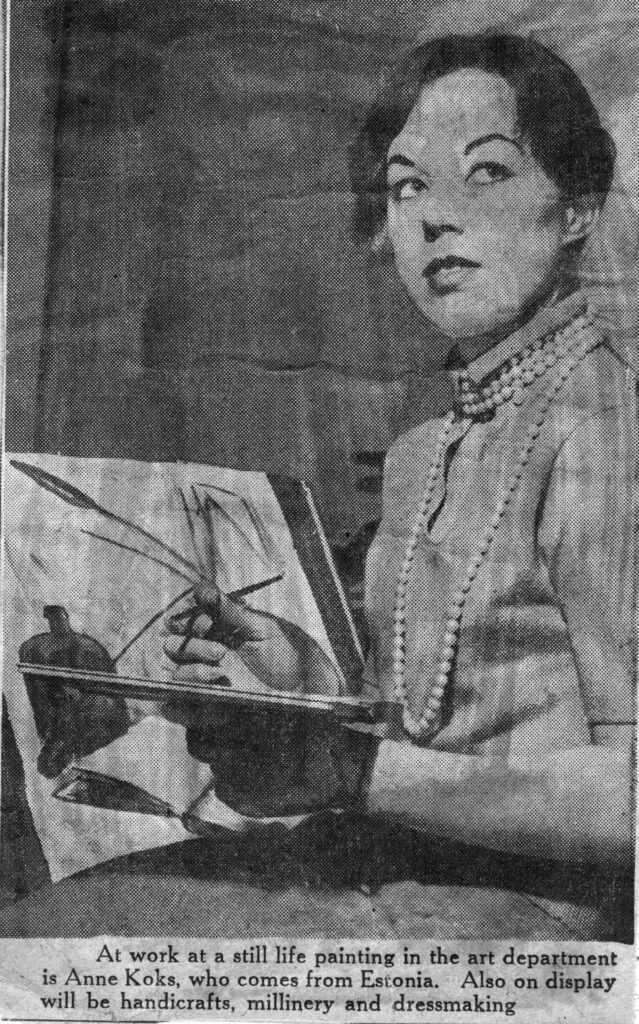
Eventually it’d be a combination of racism and romance which brought Siki to Toronto where he’d make his permanent home. During a stop in Toronto at the start of the 60’s, Siki met a young woman named Anu “Anne” Liis and the pair fell in love. Working at the time in New York as part of Vince McMahon Sr’s World Wrestling Federation, Siki proudly brought Anne to the big city, excited for her to meet his colleagues and start a brand new life. together However, according to Siki, when he brought Anne to the stadium, they caused more controversy behind the scenes than he had ever done in the ring. Anne was a white woman, and the bookers and promoters at the WWF did not approve of the mixed marriage couple. Although he was at the top of his game, both Siki’s status and bookings started to dwindle until he could no longer afford to support him and Anne. As a result, Siki quit the WWF and the couple moved back to Toronto in 1961 where, according to Siki, the culture was more accepting of their relationship and he was able to get work as a regular at Maple Leaf Gardens. Siki and Anne would get married in 1964 and stayed together until Anne’s death in 2013.
Through the 60’s and 70’s, as wrestling moved to Canadian television, Siki became a fan favorite for his flamboyant personality, his explosive promos and his expertise in the ring. Although he would sometimes wrestle outside of Canada, he primarily stayed within the GTA, although he often would travel out to Montreal and journey to Alberta to work for Stu Hart’s Stampede Wrestling. This was the glory days of Sweet Daddy Siki, and he became one of Canada’s most beloved wrestlers during the golden age of the sport.
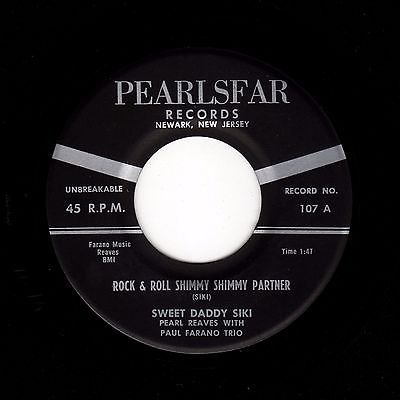
But what about the music? How did that all come together? Well, as stated before, Siki was a fan of country music from his earliest days in Texas, and all through his career the sounds of hillbilly and honky tonk music followed him wherever he’d go. Spending long nights on the road, driving from city to city for his wrestling appearances, country music radio kept him company, and he’d sing along as he drove. Eventually Siki got himself a guitar, and as soon as a new hit was playing on the radio, Siki would be in his hotel room trying to figure it out on his six string.
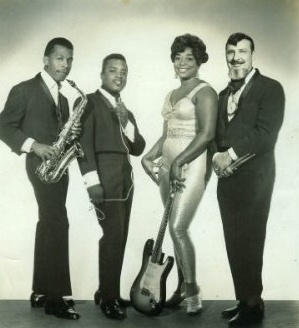
Very little information is available on Siki’s first single to the point that it isn’t even listed on Discogs. Recorded sometime in the mid 60’s, Siki had the opportunity to record a pair of original songs that he had written for an obscure lable called Pearlstar out of Newark, New Jersey,. On the A side was “Rock n’ Roll Shimmy Shimmy Partner,” and the B side was “Mama Give Me Your Permission,” and the band credited alongside Sweet Daddy Siki was Pearl Reaves with the Paul Starano Trio. Drummer and record label owner Paul Starano was a friend of Siki’s, and was married to singer/guitarist Peal Reaves. Along s[de Robert Green and Eddie Shaw, the group had a regional hit called “I’m Not Ashamed (Ugly Woman)” in 1955. However, there is so little evidence of Siki’s single ever existing that I can’t find any recordings of it on YouTube or Spotify, and if it wasn’t for a ringside interview of Siki promoting the record we probably wouldn’t even know about it today.
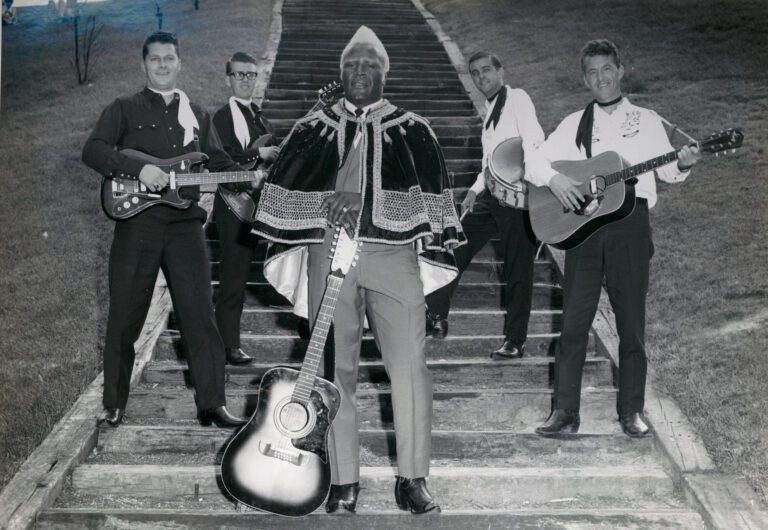
Years after this obscure single, Siki got another chance to become a recording artist.. Having now solidly established himself in the wrestling world, word of Siki’s country crooning got back to Toronto record man Phil Anderson, who was the president of Arc Records. Having a knack at recording records quick and cheaply, Arc was Canada’s premier discount label, but Anderson was masterful at distribution which meant Arc Records were literally sold everywhere. Anderson approached Siki with the idea of recording a country album, and over a few days Siki sat in a recording studio singing a number of his favorite standards including Hank William’s “Jambalaya,” Buck Owen’s “Got a Tiger By the Tail,” Leroy Van Dyke’s “Just Walk on By” and Jim Reeves’ “Distant Drums.” The album also included on new original song written by Siki called “Bottles, Lights and Music.”
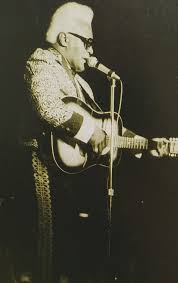
For the album, Anderson put together an outrageous cover concept. Cartoonish and garish, the cover was jarringly awful, and all of the material written about Siki on the back liner notes was fictional fabrications. Well, the appalling cover got attention, and “Sweet Daddy Siki Squares Off With Country Music” sold far better than anyone would have ever imagined. It wasn’t outselling the big groups of the day, like Led Zepplin or The Rolling Stones, but in regard to Arc Records, the album was a hit. What didn’t hurt is that the material on the album was far better than anyone would have imagined, and if you liked country and western music the quality of the album was a nice surprise. After years of singing alone in his car, Siki actually cut a pretty good album.
But when recording a country album, Siki was challenging racial lines again. To this day, country music is a predominantly white industry, and in 1972 the only black country singer was Charley Pride. Sweet Daddy Siki was, once again, boldly walking into a territory few black performers had gone before. To promote the album a touring band, aptly named The Irresistibles, was formed consisting of all white musicians, and Siki started getting booked into bars and juke joints throughout Ontario and up the East Coast of Canada. Although Siki never seemed to play anything bigger than local bars, his performances were often sold out by curious wrestling and country music fans alike.
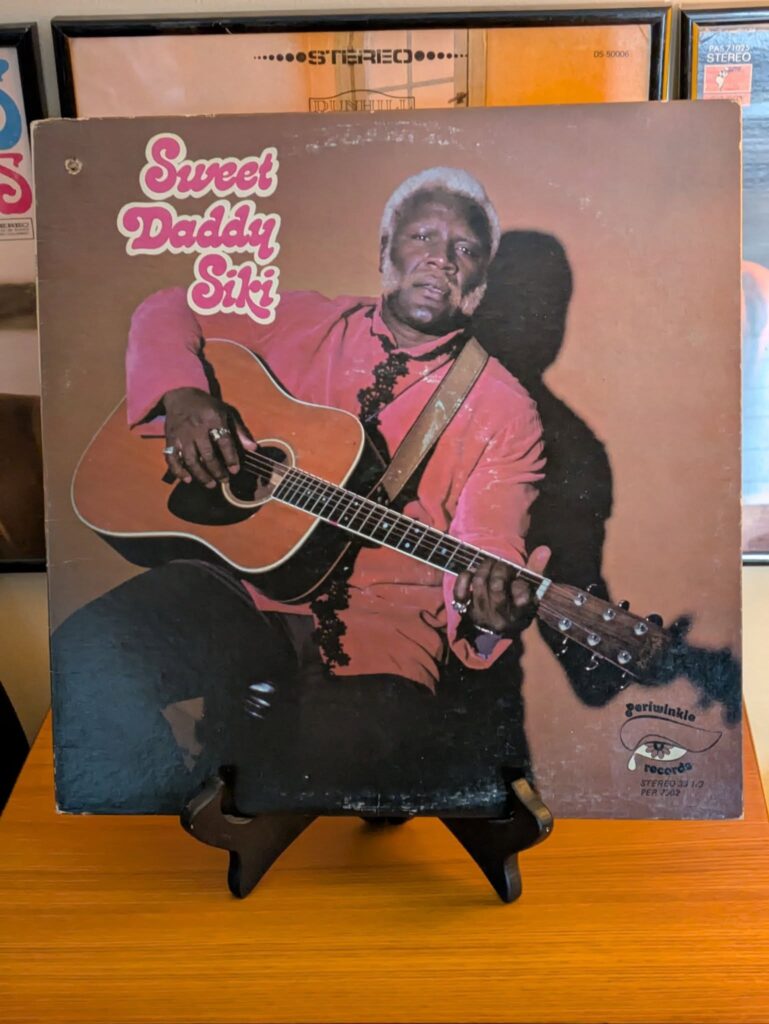
Not long after the release of his debut album, Sikli met record producer Art Snider, head of Toronto based label Periwinkle Records. Snider liked what Siki was doing musically, but felt that together they could do even better. Befriending Siki, Snider tried to give him a solid education in the music business which led to Siki cutting his follow up album at Periwinkle. A self-titled album with noticeably superior production value than his first album, Siki threw down an even stronger selection of country hits including Johnny Cash’s “Ring of Fire,” Charley Pride’s “Kiss an Angel Good Morning,” and Merle Haggard’s “Okie from Muskogee” and “Mama Tried.” The album also had a thankfully less gimmicky cover which captured the true essence of Sweet Daddy Siki – a huge hulking man with an intense stare and a strong sense of dignity. Although it was in every way better than his first album, distribution of the Periwinkle album was not as widespread as his Arc record, with most copies being sold directly via Siki himself at live performances. Copies of the self-titled albums can often be found but are not nearly as common as his first album.
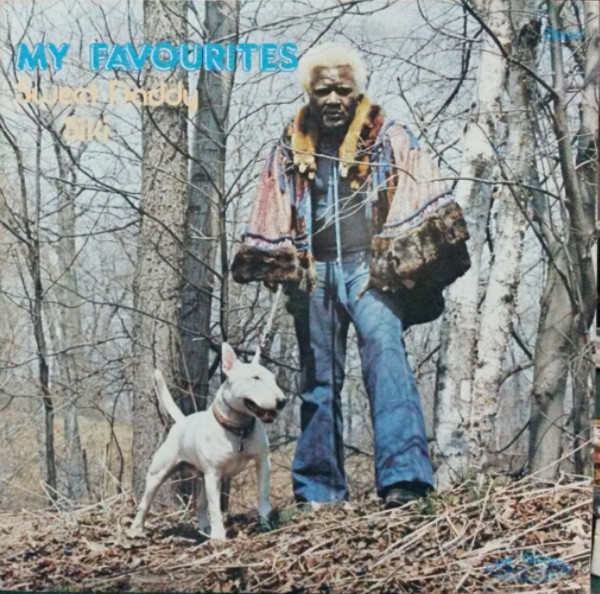
Siki eventually released a third album in 1979 titled “My Favorites” under an obscure independent lable called “Cane Records,” but there doesn’t seem to be anything more than that one album and a few singles credited to the lable. The album proves to be a difficult release to find, with no copies for sale on Discogs and only eleven collectors worldwide which have claimed to have one in their collection.
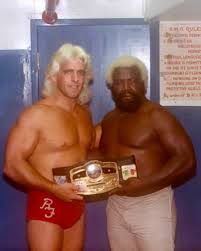
When wrestling entered the mainstream in the 1980’s, Siki was still a fixture at Maple Leaf Gardens, but now in his 50’s he was well past his prime as a brawler, and couldn’t keep up with the new breed of wrestling superstars like Hulk Hogan, The Ultimate Warrior and Randy “Macho Man” Savage and it was finally time for him to retire. But in interviews given in later years, Siki said it was the tragic 1987 car wreck that killed wrestlers “Adorable” Adrian Adonis, Dave “The Bearman” McKigney and Pat Kelly in Newfoundland that got him to hang up his boots for good. Having wrestled with all three of them, Siki claimed he was supposed to be on that tour, but the date of the crash and his final official match in 1980 don’t align. However, he kept one foot in the wrestling world by becoming a mentor to the next generation, and on weekends began training young wrestlers at a local gym. Two of the wrestlers that he helped train, Edge and Christian, would go on to become major WWE stars during the attitude era.
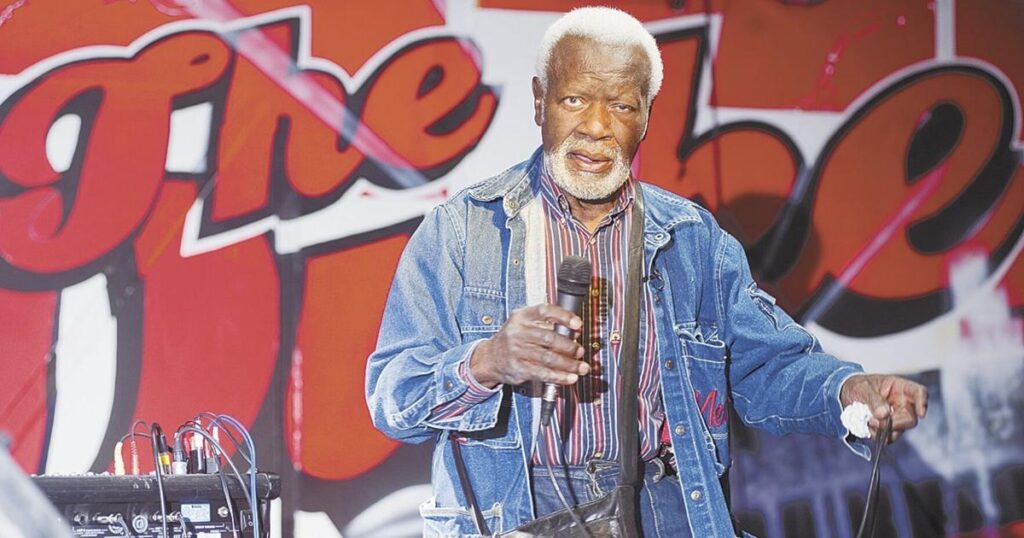
Meanwhile, Siki seemed to have lost interest in making records or being part of a band, but he did not lose interest in music or performance. In a number of sources Siki explained that while he enjoyed performing music, he was not made for being a part of a band and did not enjoy the delegation or management of musicians. Thus, when Karaoke made its way to North America in the mid-80’s, Siki was one fo the first people to go all in on it. Investing in tons of equipment and tapes, Siki would set up in bars all over the GTA and sing his heart out without an actual band getting in his way, while allowing patrons to join along. Siki’s Karaoke nights became his financial fall back after retiring from wrestling, and he brought his show all over Ontario. But around 2000 Siki stopped traveling and started hosting Karaoke at Toronto’s legendary Duke of York Inn on Queen St, where he would hold court every Saturday afternoon for the next two decades.
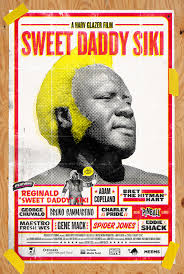
As Siki’s life seemed to slow down a little, his legend continued to inspire people. In 1995 Toronto guitar band The Henry’s titled one of their blues inspired instrumentals “Sweet Daddy Siki,” , and in 2008 blues/rockabilly band Porkbelly Futures recorded a tribute to him titled “Sweet Daddy,” Later, in 2017 new interest in Siki’s life was reignited when filmmakers Harvey Glazer and Greg Oliver made a documentary about his life. Although famously private, Siki made himself available for hours of interviews. The film also included insights by members of both the wrestling and music community, including Brett Hart, Bruno Sanmartino, Charley Pride and Darlene Love. A wonderful tribute to a truly unique man who pushed all odds, the film was picked up by the CBC and was well received by audiences.
But the Siki story seemed to come to a sudden end around 2020. When the COVID-19 pandemic shut down the world, Siki’s long standing Saturday afternoons at the Duke shut down with it, but when the world reemerged a year later, Sweet Daddy Siki did not. Siki quietly disappeared from public life and was no longer seen throughout Toronto. It was eventually revealed that life in isolation was not kind to the aging Siki. Supported by his sons Reg and Justin, it was revealed that Siki had been suffering of dementia for some time. When Siki finally passed away, Toronto was only left with their memories of him as he was prior to the pandemic – large, proud, full of life and full of song. It would have been the way he would want to have been remembered.
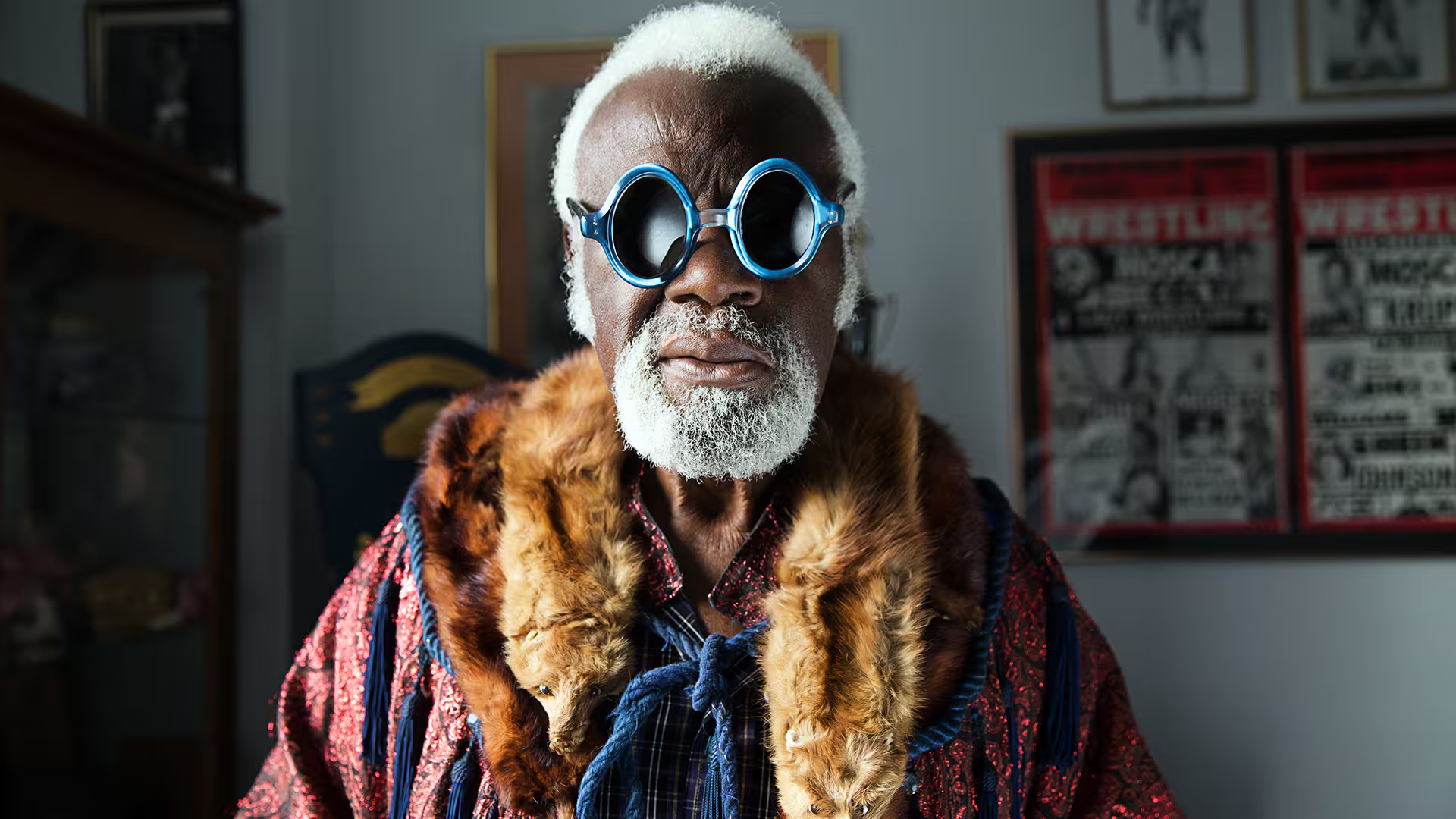
And remembered he was! On a thread on the Vintage Toronto Facebook group, hundreds of people wrote about their memories of seeing Siki on the street or the television or in the ring, and many wrote stories of meeting the man in person. Never meeting Sweet Daddy Siki is something I deeply regret. For years I had talked about going to The Duke on a Saturday afternoon to see Siki sing, to shake the big man’s hand and to get him to sign my copies of his albums. Who knows. Maybe he could have even talked me into taking the stage myself and croaking out a number. But I never took the time to go, reasoning with myself that there would always be next time. Siki will always be at the Duke. There would eventually be time. Well, Siki’s passing is another reminder to me to not wait to make connections when you can because tomorrow is not promised to anyone. Siki’s musical reign is over at The Duke, but is forever preserved on his records.



